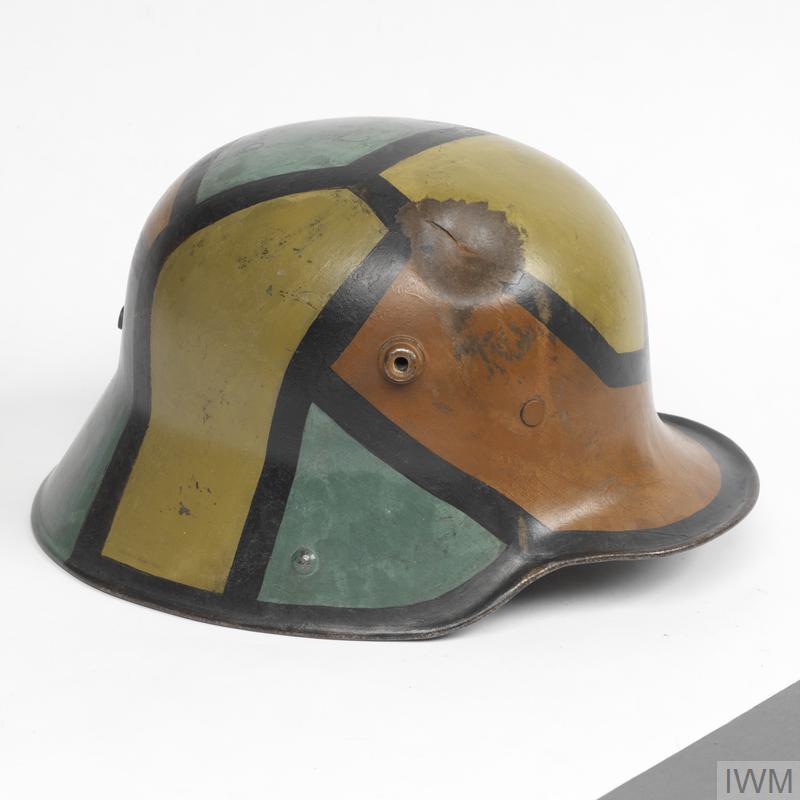1. A camisole from the Lusitania

Margaret Gwyer was wearing this camisole when the liner RMS Lusitania was torpedoed by a German U-boat on 7 May 1915. She was one of almost 2,000 passengers and crew on board the ship as it sank - 1,200 people died in the attack. Gwyer fell from a lifeboat and was sucked into one of the ship’s funnels, but a boiler explosion blew her back to the water’s surface. She was rescued and kept the camisole as a reminder of her escape.
2. A bullet-damaged Bible

There are many stories of lucky Bibles stopping bullets or shrapnel fragments and saving a soldier’s life during the First World War. This Bible is thought to have been in the left breast pocket of Gunner John Dickinson when he was hit in 1915.
3. A cigarette case

Rifleman W S Main was carrying this cigarette case when he was struck by a shell fragment during the war. The case bore the brunt of the projectile’s force and prevented Main from being seriously injured. He survived his injuries and eventually returned to active service.
4. A lucky charm

Some objects were considered lucky not because of circumstance, but because of the beliefs or superstitions of their owners. Many soldiers carried lucky charms. The charms often took the form of traditional symbols of good luck, like this shamrock. Made from Connemara marble, it has a hole in the top so it might be worn on a cord or chain around the neck.
5. A piece of coal

A charm could provide comfort to the soldier carrying it. Some men carried charms for protection, in the hope that it would help them avoid injury or death. This piece of coal was sent to a soldier as a token of luck in 1917.


